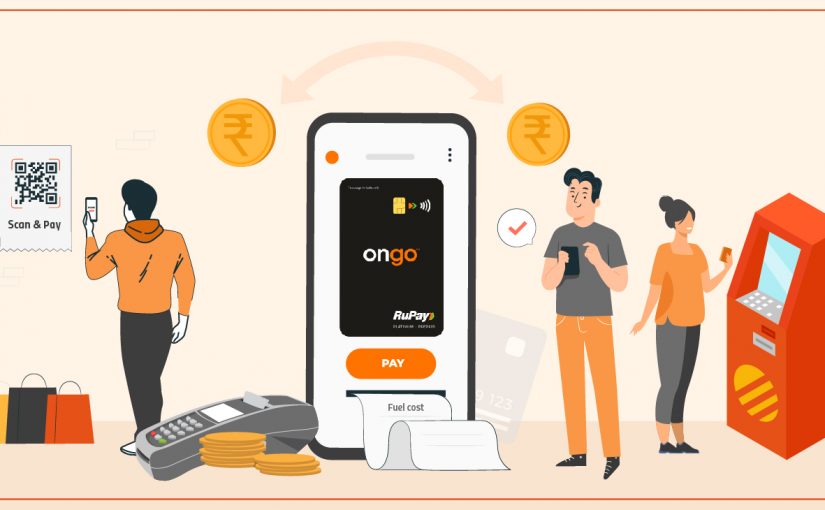The year 2022 has been a stellar one for the Indian payment landscape – with reports stating that, during Jul-Sept, a total of 20.57 billion transactions amounting to INR 36.08 trillion were processed by means of payment options such as
The year 2022 has been a stellar one for the Indian payment landscape – with reports stating that, during Jul-Sept, a total of 20.57 billion transactions amounting to INR 36.08 trillion were processed by means of payment options such as debit and credit cards, mobile wallets and prepaid cards, and UPI. According to the data released for December 2022 by the National Payments Corporation of India (NPCI), UPI transactions saw a 91.11% YoY increase.
Another area which witnessed robust uptick was PoS terminals – with the total number of terminals deployed by banks standing at 6.59 million in September 2022. The same year also witnessed the implementation of additional security measures such as two-factor authentication and tokenisation, providing added impetus to the growth of digital payments.
On the cash side of the payment value chain, ATM sector continued its growth trajectory with increase in deployment of Cash Recycler Machine or CRM, fresh pipelines of RFP (request for proposal) by public & private sector banks and introduction of e-lobby or Digital Banking Units (DBU). In 2023, we can expect these developments to potentially transform the entire banking experience for an average Indian.
And while Cash & Digital payments will continue to coexist in our country, together driving the growth of overall payments pie, there are some key payment trends to watch out for this year:
- Rise of Open Loop Prepaid Cards
One of the major trends expected in 2023 is the emergence and growth of open loop prepaid cards. An industry study indicated that the Indian prepaid card market was likely to witness a compounded annual growth rate of 40.5%, between 2021 and 2026, and the trend is already visible in the country – primarily due to the increase in internet and smartphone usage as well as a robust growth in the e-commerce sector. Prepaid cards were primarily closed or semi-closed loop, allowing consumers to access only limited services across select outlets through their prepaid balance. In 2023, we are expected to see a rise in open loop prepaid cards which can be used for availing various services such as shopping, fuelling, mobile ticketing etc., across touchpoints that accept RuPay, Visa, MasterCard, and other networks.
Ongo, a digital payment platform from the house of AGS Transact Technologies Ltd., offers open loop prepaid cards that can be used to pay for transactions such as online and offline shopping and fuelling.
Another example of open-loop prepaid card is the National Common Mobility Card which currently enables offline payments for multi-modal transit. Such services are expected to boost cross-platform payments in a safe & secure manner. As travel gains normalcy, mobility sector specially fuelling is likely to witness the next big impact.
- Continued growth of ATMS & Increased deployment of CRMs
In the year 2023, we will see continued growth and renewed expansion of ATMs. In addition to ATMs, there is a growing trend for deployment of Cash Recycler Machine or CRMs as these machines help banks attain economies of scale and improve operational efficiency. There will be an influx of innovative technologies on traditional cash dispensing machines like enabling access via OTP and UPI QR codes, making not just cash withdrawals but also cash deposits a more streamlined and seamless process. These features will also boost security at ATM/CRM as the card will no longer act as the singular touchpoint for validating transactions.
Further, the year 2023 will also see more organised cash management services at ATMs, thanks to the implementation of various RBI & Ministry of Home Affairs (MHA) guidelines such as cassette swapping, bringing India’s ATM ecosystem at par with global standards.
- Digital Banking Units Come to Force
With the inauguration of 75 Digital Banking Units or DBUs, last-mile accessibility for financial services will get an impetus, thus helping formalise the banking landscape in India. These DBUs will offer paperless services, thus deepening the penetration of digital banking.
- Tokenisation
With surging digital transactions, we will see the country’s financial landscape undertaking stricter controls for a safer payment platform via initiatives such as tokenisation. A process which leads to the 16-digit card number being replaced by a random and unique token during digital transactions, tokenisation will greatly reduce the possibility of online card frauds ensuring safer transactions and curbing cybercrime.
- The Rise of Digital Currency
The newly launched Central Bank Digital Currency (CBDC) is expected to complement cash while helping control the cost of printing cash and standardising digital transactions in the long run. CBDC is also likely to enhance systemic operational efficiency and foster financial inclusion in 2023.
With initiatives focussing on safety, security and convenience, the Indian payment ecosystem is set to ride the wave of growth in 2023.
A detailed version of this article first appeared on The Times of India.


